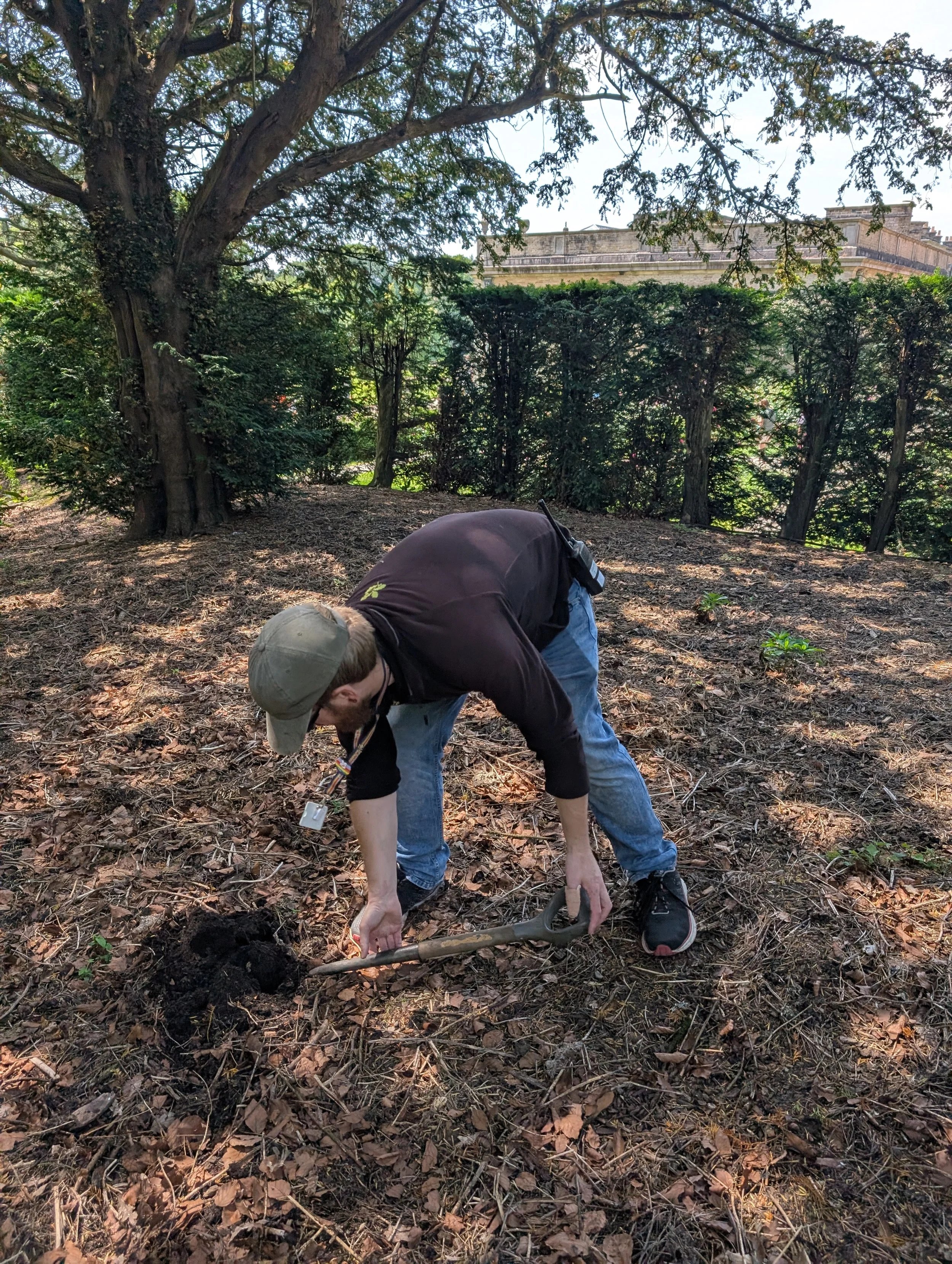Reimagining Green Waste: How Bokashi Is Helping Estates Like Lyme Park Regenerate Their Landscapes
Discover how Agriton and the National Trust at Lyme are revolutionizing green waste management with a Bokashi "cut and drop" system that transforms garden waste into a powerful, carbon-storing soil amendment. 🌿
In an era of rising operational costs, environmental scrutiny, and climate pressure, commercial horticulture teams and estate managers are being challenged to find smarter, more sustainable ways to manage land.
One forward-thinking solution is already proving its worth: Bokashi-based “cut and drop” fermentation.
At Lyme Park, a flagship National Trust estate in Cheshire, this method—developed in partnership with Agriton UK—is turning what was once a costly by-product into a regenerative resource, right where it’s produced.
🌿 The Challenge: Green Waste, High Costs
Across estates and commercial landscapes, green waste is typically managed by:
Cutting and collecting prunings and trimmings
Transporting materials to central composting zones
Mechanically turning compost piles (requiring fuel, time, and labour)
Watering and maintaining long composting cycles
While effective to a degree, this method comes with a heavy footprint: fuel use, labour hours, water dependency, and carbon loss through thermophilic decomposition.
🔄 The Solution: Bokashi Cut and Drop
At Lyme, a different approach has taken root. Agriton introduced a system rooted in Bokashi fermentation, using beneficial microbes to transform chipped green waste into high-quality mulch, directly on-site—no turning, no hauling, and no machinery required.
Here’s how it works:
Cut and chip organic material to ~5cm size.
Drop it on site in windrows or piles.
Layer it with:
2L Actiferm (Effective Microorganisms)
Optional: 10kg Ægir seashell lime (pH buffer optional if you cant control the C:N)
Optional: 10kg Edasil clay minerals (nutrient binder)
Moisten, cover, and ferment anaerobically for 6–8 weeks.
The result? A rich, microbe-active mulch that feeds soil life, improves structure, and builds long-term fertility.
✅ The Benefits for Commercial Estates
This isn’t just composting—it’s a regenerative soil-building system with multiple commercial advantages:
Lower Labour Requirements
No repeated handling or mechanical turning.Reduced Fossil Fuel Dependency
No need for loaders or haulage vehicles.Carbon Retention
Anaerobic fermentation minimizes CO₂ loss common in hot composting.Improved Soil Health
Enhances microbial diversity, organic matter, and water retention.Rapid Turnaround
Compost-ready mulch in just 6–8 weeks, with minimal inputs.
📍 Why It Matters
With increasing pressure to deliver environmental benefits alongside operational performance, this system supports:
Biodiversity and soil regeneration goals
Circular waste management at estate scale
Reduced emissions and carbon storage
Compliance with sustainability and ESG standards
For estates, public gardens, historic grounds, or private contractors, Bokashi cut and drop offers a scalable, regenerative solution—without the need for expensive infrastructure.
💬 Final Thoughts
The Lyme Park project shows how land managers can transform waste into opportunity—using biology, not brute force.
Whether you're managing a 100-acre estate or a large-scale horticultural site, it’s possible to save money, reduce your footprint, and enrich your soils—all at once.
📽️ See the full process and outcomes here:
🔗 [Insert video or case study link]
Let’s turn green waste into living soil—naturally.


